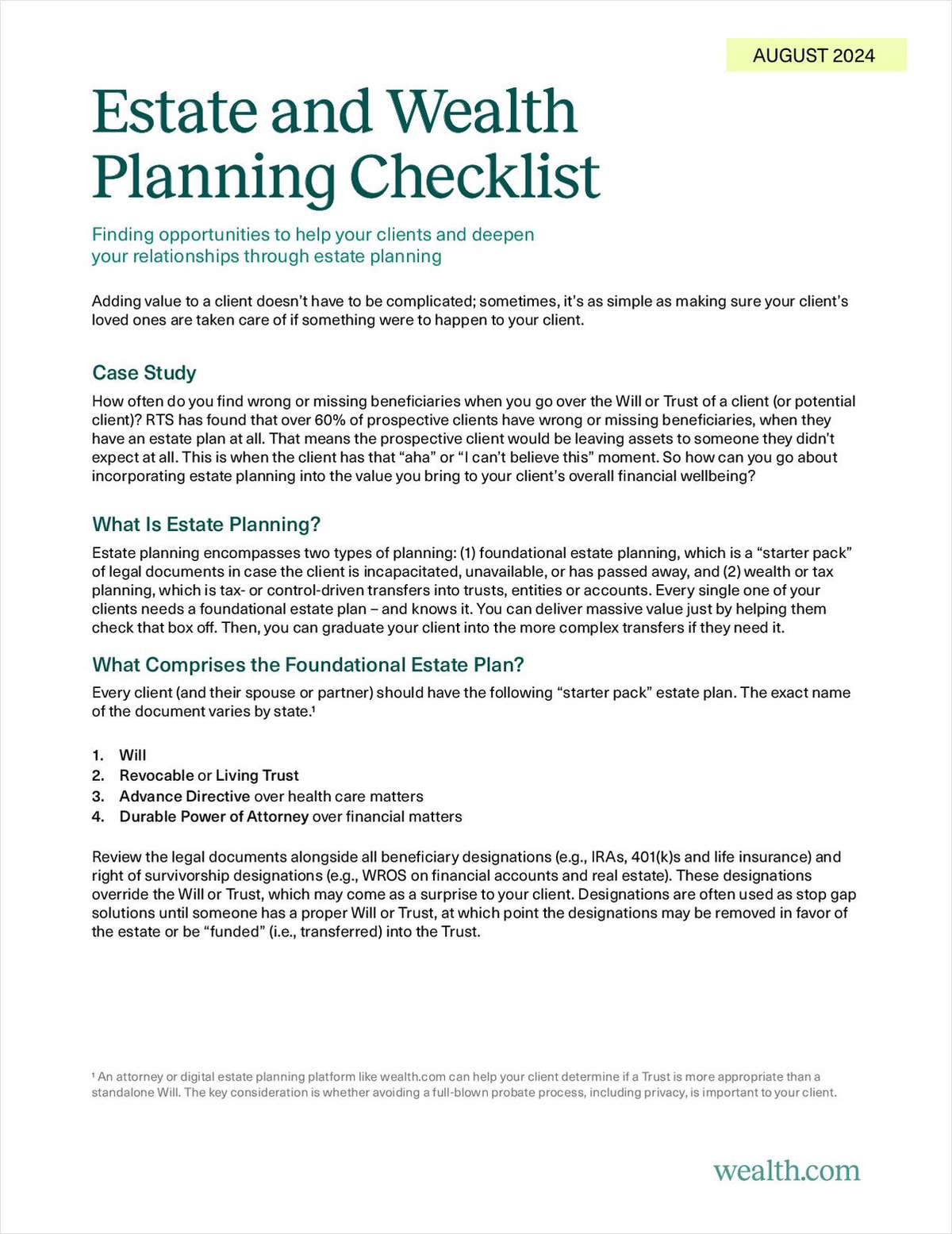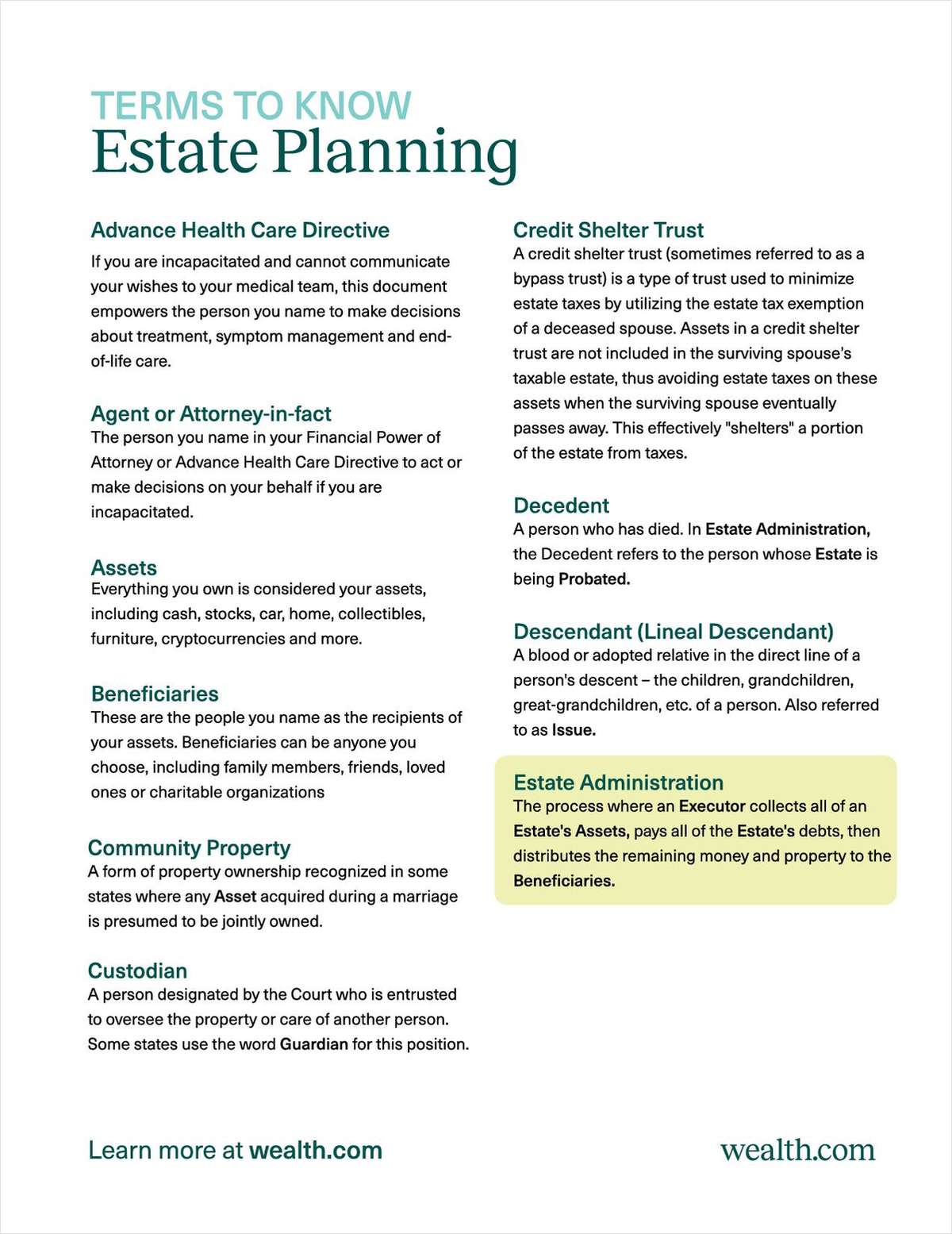

Just when you thought it was safe to go outside again, another "clear, concise, and totally unambiguous" Department of Labor release has been provided to the advisory industry. This time, the DOL has revised, and reversed, in part, its previous guidance that it provided during the Obama administration.
I spoke with my colleague, and DOL expert, Ryan Walter, who advised that on April 23, the DOL released Field Assistance Bulletin 2018-01, in which it discussed fiduciary responsibilities with respect to Environmental, Social, and Governance investments. In doing so, the DOL made clear that, while ESG factors may be included as part of the analysis when selecting investments, economic interests must be the ultimate determinative factor — and that the impact of ESG criteria on economic factors may not be given the deference it once was. This is a sizeable, yet nuanced, departure from previous guidance and reflects an ongoing pattern of partisan interpretations of advisors' fiduciary duties under ERISA.
The DOL's stance on ESG criteria can best be summed up in its own language: "Fiduciaries may not sacrifice investment returns or assume greater investment risks as a means of promoting collateral social policy goals." In other words, economic factors must be the primary driving force in investment decision-making, rather than social policy preferences.
The agency had most recently opined on ESG investments in Interpretive Bulletin 2015-01. In that release, the DOL reasoned that ESG-centric criteria were "not merely collateral considerations or tie-breakers, but rather … proper components of the fiduciary's primary analysis of the economic merits of competing investment choices." Put simply, ESG factors could create economic opportunity which, in turn, could lead to superior returns. This provided a fair degree of latitude for fiduciaries in evaluating investments, as it seemingly encouraged them to add an ESG-centric component to its economic analysis.
Under a more conservative regime, the DOL now cautions fiduciaries not to over-estimate the economic impact of ESG criteria. The DOL does still allow ESG-based criteria to play a part in investment analysis, to the extent the ESG factors create actual economic opportunities or risks for the issuer. However, the DOL now warns that "[f]iduciaries must not too readily treat ESG factors as economically relevant." This marks a notable departure in the amount of deference that would be provided to the impact ESG factors have on economic analysis, compared to the DOL's 2015 guidance.



